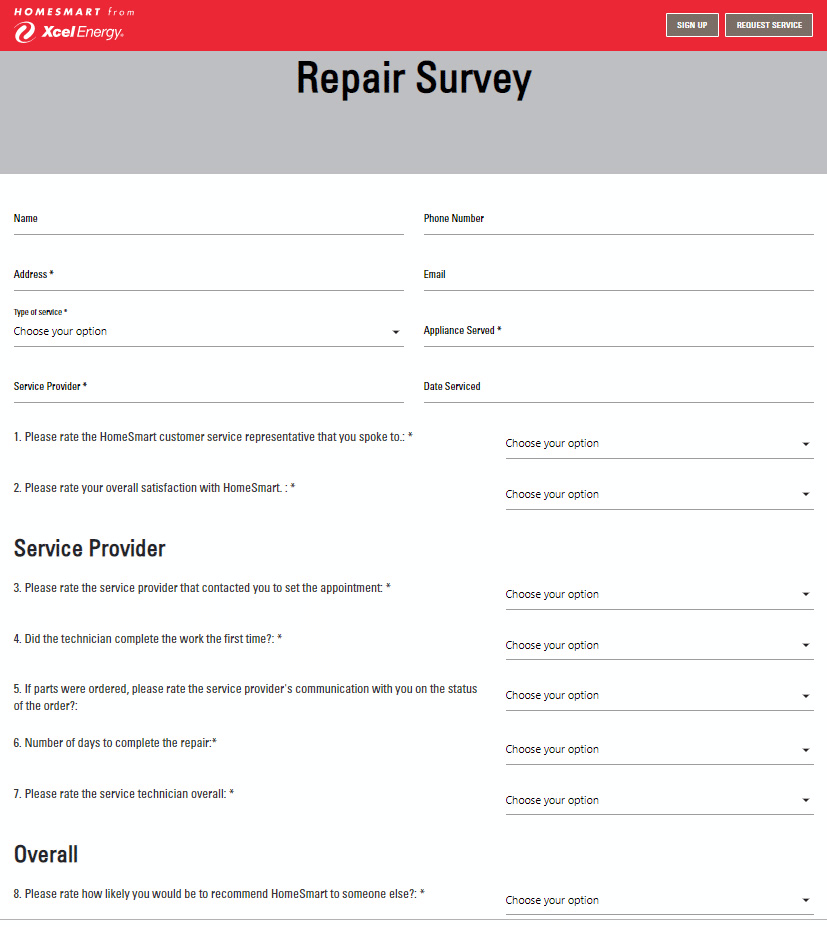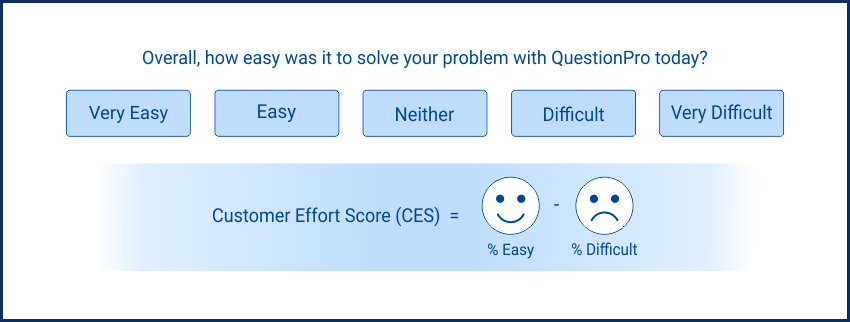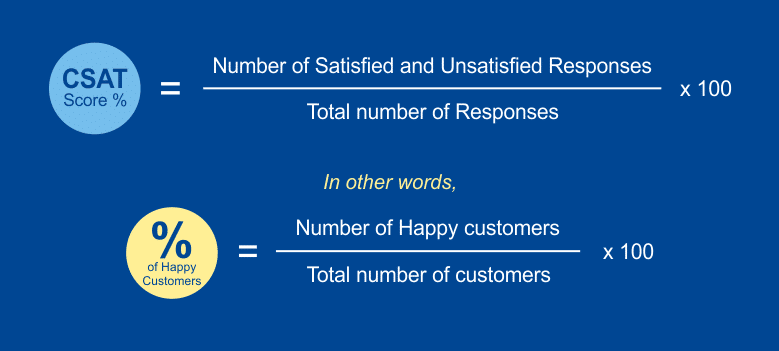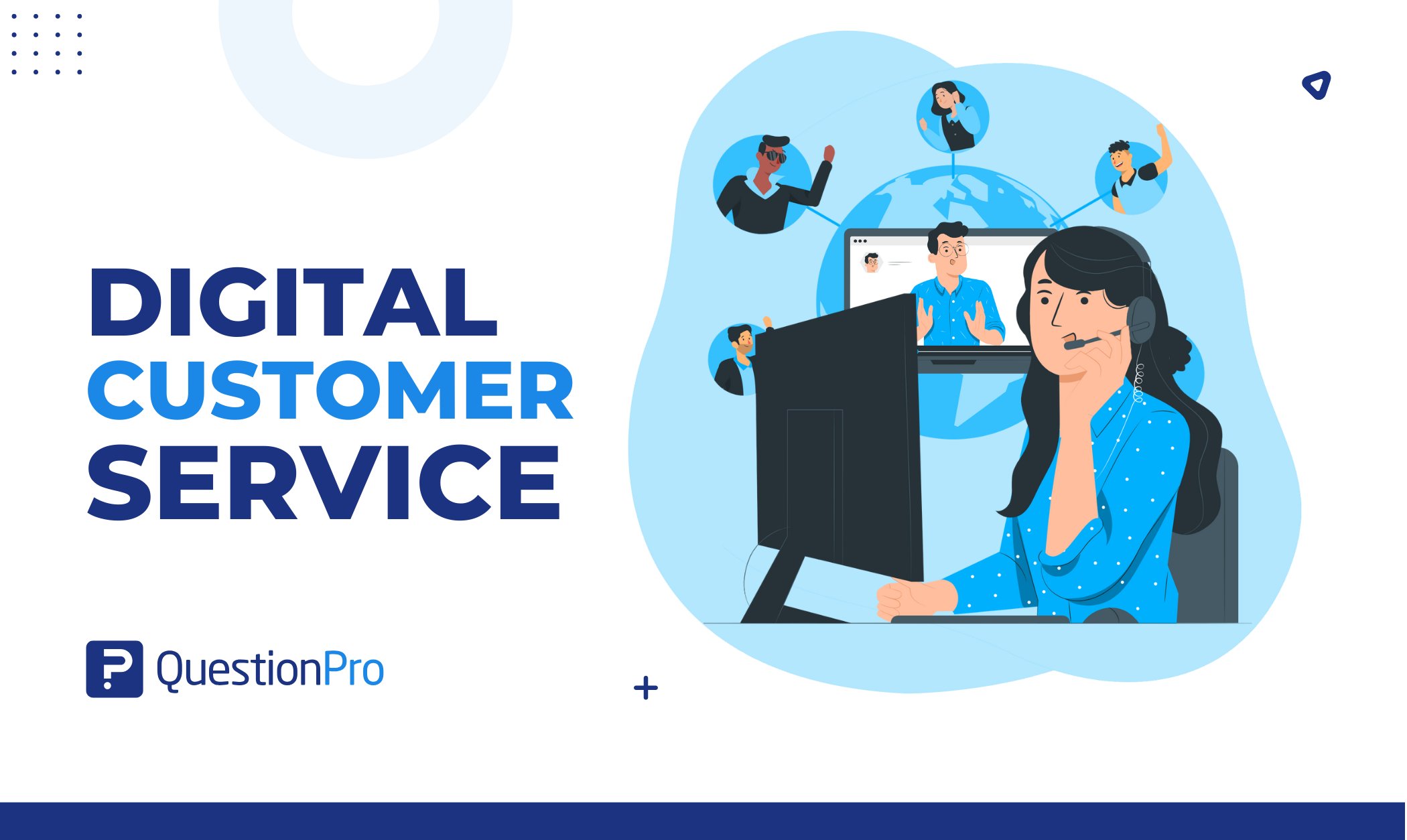
Throughout 2021 the expectations of a great customer experience were not necessarily held to the same standard.
The world was offering a little more grace and leniency as companies traveled through many unknowns. However, as we enter 2022 businesses will be faced with a few different challenges.
Pandemic fatigue, overly tired consumers who are ready to return to “normal” and have fantasized a vision of what that first drink out with friends will look like and feel like.
LEARN ABOUT: Time to Value
These dreams will be the next big challenge to customer satisfaction. This is why it will be crucial to keep an eye on the right metrics for customer satisfaction (CSAT) to determine success.
Measuring CSAT is now a standard, and organizations continually strive to improve the experience every step of the customer journey.
Don’t forget to download the free ebook: The Hacker’s Guide to Customer Experience, available toward the end of this guide!
What are customer satisfaction metrics?
Customer satisfaction metrics are a set of measurements businesses use to assess their customers’ satisfaction with their products, services, or overall experience. These metrics are essential because they provide valuable insights into customer perceptions, preferences, and behaviors, which can help businesses improve their offerings and increase customer loyalty.
Businesses can use many different types of customer satisfaction metrics, depending on their goals and objectives. Some of the most commonly used satisfaction metrics include Net Promoter Score (NPS), Customer Satisfaction Score (CSAT), Customer Effort Score (CES), Churn Rate, and Customer Lifetime Value (CLV).
LEARN ABOUT: Retention Rate
7 Essential customer satisfaction metrics
Conducting surveys is a good way to measure customer happiness. However, it is not that straightforward. Asking your customers the right questions is the key to measuring it. Without the right questions, the responses may not show you the right data. Without the right data, you will not be able to identify areas of improvement to address them.
Here are seven fundamental metrics for measuring CSAT and how you can collect data for them.
1. Net Promoter Score (NPS)
Net Promoter Score (NPS) helps measure loyalty by asking your users their willingness to recommend your brand to their peers and loved ones. It is measured from responses to the question – Considering your complete experience with our organization, how likely are you to recommend our products and services to your loved ones and colleagues.
LEARN ABOUT: Good Net Promoter Score (NPS)

Based on the answer, the types of customers are classified as below:
- Detractors: Customers that rated you between 0-6 fall in this category. They are not loyal and likely to indulge in negative word-of-mouth about your brand measurement.
- Promoters: These customers rated you either 9 or 10 and are your most loyal. They actively promote your brand to their friends and family.
- Passives: Customers that rated you between 7-8 will fall in this category. Passives fall in between the two categories. They will not willingly recommend your brand to others but will not discourage their loved ones and colleagues.

Calculating your NPS is quite simple; you need to subtract % of detractors from your % of promoters. Your NPS will fall between -100 to 100 depending on your customers’ perception of your brand and their loyalty towards it. While NPS lets you know where you stand, it does not provide you the reason behind your score. You can do this by adding a question after the NPS question and explore it more with your customers. Advanced Net Promoter Score or NPS+ helps you do just that. View our article to know more about the uses and advantages of NPS+.
2. Customer Service Satisfaction (CSS)
CSS measures your customers’ satisfaction with your post-purchase service. You can measure CSS by seeking feedback from your customers every time they interact with your business. You can do this via forms, pop-ups, live chat, or online surveys. You can have a standard rating scale in these surveys and a few questions if you’d like. Keeping them standard will help you look at trends and patterns over time. This will help you identify improvement areas and prioritize enhancements. While customer service satisfaction does not give you a wholesome picture, it certainly helps find most-asked queries and concerns.

Source: Webbiquity
3. Customer Effort Score (CES)
Some products or services may be complex to operate and require significant effort from the customers. Customer Effort Score (CES) helps determine ease of using your products or services. CES surveys are aimed at decreasing effort and increasing loyalty. There could be follow-up questions depending on what you intend to achieve via the study.
Loyalty decreases with an increase in the effort required to use your service or product. The idea is to make the usage as effortless as possible. Let us consider the example of a retail clothing store. If they have to look for assistance from employees constantly, it’s terrible for your CES. They might not return to your store again. It would help being attentive to customers, proactively helping, and anticipating their needs and requirements.

4. Customer Satisfaction Score (CSAT)
Customer Satisfaction Score lets you know if your customers are happy or not. It measures satisfaction using a customer satisfaction rating scale question that asks survey takers to rate their satisfaction level with their product or service. The rating scale can be either 1-10, 1-7, or 1-5. CSAT is calculated by dividing your number of happy customers by the total number of customers.
Customer satisfaction surveys conducted at the point-of-interaction offer quite reliable and accurate data. The answers are genuine, candid, and the response rates are good.

5. Customer Health Score (CHS)
Customer health lets you know if your customers will stay with you or churn over time. This score, unlike other customer satisfaction metrics, identifies behavior patterns over a period. It is determined by the aspects such as:
- Product usage period
- Product type (license level – free or paid)
- Number of interactions with the support team
- Money spent with your brand
- Their willingness to answer your surveys
These are just some key parameters, and they may vary with organizations and the points or importance assigned to them. The key is to use these factors to categorize your customers into weak, healthy, or at-risk.
6. Customer Churn Rate (CCR)
Customer churn rate (CCR) indicates the percentage of customers your organization lost over a period. It is extremely vital to retain your existing customers, for it may cost up to seven times more to acquire new ones. Monitoring your CCR helps uncover any trends that could impact your organization and take effective measures to contain the churn. Calculating churn rate is simple; you start by defining your calculation period, a year, for example. Subtract your number of customers at the end of the year from the number at the start of the year. Divide this number result by the number of customers at the start of the year to get CCR.

Measuring CCR is not the final step; once you have that information, you need to look for more data responsible for it and what preventive measures can be taken to bring it down.
7. Customer reviews
While these cover all the angles, it is important to be mindful of any feedback or review you may receive via portals, websites, or social media channels. The importance of reviews cannot be overstated. According to a recent study, over 90% of buyers value product reviews over product descriptions.

Source: Amazon
Ensure you have positive reviews and recommendations online on websites or portals that your potential customers may visit. If you have positive comments or feedback about your products or services, you may request them to write a review. If they are happy and satisfied, they would be more than happy to recommend your company to their loved ones and colleagues.
The Hacker’s Guide to CX. CX complexity depends on the needs each business or project has. We hope this free eBook helps you better understand how to make a successful customer experience program to gather insightful data and turn your customers into advocates of your brand.
If you want to learn more about which satisfaction metrics are the best ones for your business and what is considered a strong score, download our free eBook.
LEARN ABOUT: Total Quality Management
Advantages of using customer satisfaction metrics
There are several benefits of measuring satisfaction metrics; let us look at some of the key ones.
1. Loyal customers
Happy customers stay loyal and increase revenue. They always return when the like a product or service and are satisfied with the offered performance and customer service. Using these customer satisfaction metrics, you can find out your loyal and satisfied customers. You can reach out to dissatisfied ones to know their reasons and take actions to make them happy.
2. Promoters
With NPS surveys, you can understand who your promoters, detractors, and passives are. With your promoters, you can use them to amplify your brand and positives. They are your brand’s best advocates, and you should leverage them as such. For passives, you can take measures to nudge them into becoming promoters. This could be via discounts, offers, early product previews, various benefits, etc. It would help if you worked more on detractors, going to the core reasons behind their dissatisfaction and less than favorable experience. This will help improve the overall CX and satisfaction levels.
3. Brand reputation
Customers with great experiences may talk to their friends and family about their experiences, but those with bad experiences will definitely talk about it. This not only seriously hampers your brand corporate reputation but also bottom line. Conducting CSAT surveys can help alleviate some of these concerns as you can actively track these customers and make amends.
With so many social media channels available at fingertips, users can easily upload information about their less than favorable experiences or bad reviews. You can avoid this with timely actions and take the necessary actions to improve their experience and satisfaction.
4. Usability and experience
Conducting Customer Effort Score (CES) surveys, you can collect the quantitative and qualitative data put by your users. You can use these studies to ensure you make their lives easier and keep that in mind for future feature rollouts or new offerings.
As you can see, all these customer satisfaction metrics offer their own benefits and can be used to elevate your customer satisfaction.
We know that all these customer satisfaction metrics and using them to measure CSAT can seem overbearing, but do not worry. QuestionPro CX can help you with all this and more. Try CX management software to learn how it can help measure and improve your CSAT score. Register for a free trial now!
QuestionPro offers some of the most advanced customer experience tools available. Gain valuable insights into your customers’ thoughts and feelings using QuestionPro CX software today.
At QuestionPro CX we offer you the best customer satisfaction KPIs metrics to propel the customer journey in your organization. Contact us! We would love to team up with you to help you achieve better customer experiences!







